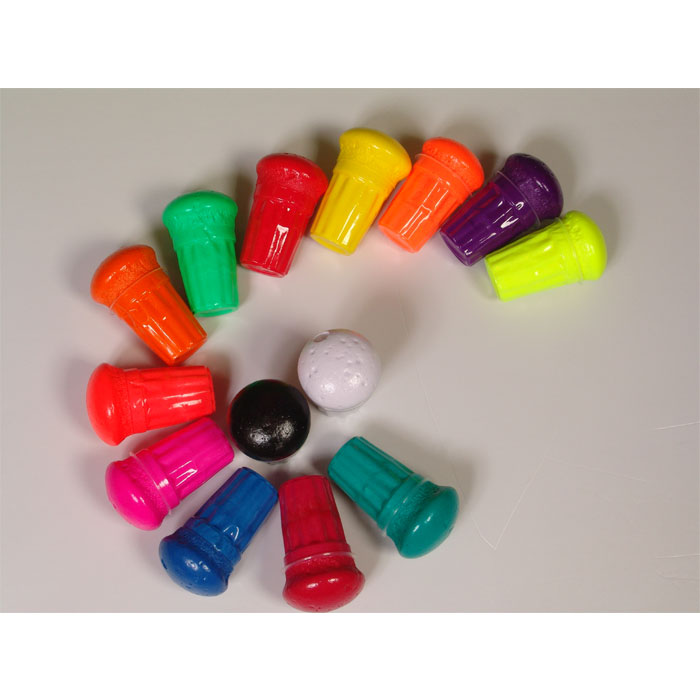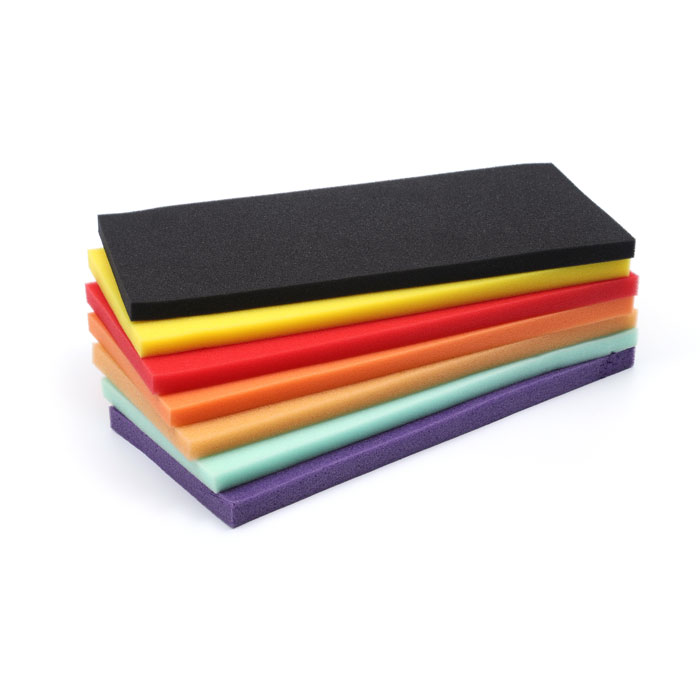Thin-film interference occurs when light waves reflect off the top and bottom surfaces of a thin film, such as the layer of soap or liquid surrounding the bubbles in foam. As these light waves interact, they either reinforce or cancel each other out, resulting in different colors being observed.
The colors we see in foam are a result of the wavelengths of light being either constructively or destructively interfered. When the reflected waves reinforce each other, we perceive vibrant colors, whereas destructive interference leads to the appearance of darker or even no color at all.
The thickness of the thin film plays a crucial role in determining the color we see. Thicker films produce longer wavelengths of light that are reinforced, resulting in colors like red and orange. On the other hand, thinner films create shorter wavelengths that cancel each other out, leading to colors like blue and green.
Additionally, the composition of the foam can also influence its color. Some substances, like natural plant extracts or synthetic dyes, may be added to the foam, introducing pigments that contribute to the overall coloration.
Next time you encounter colorful foam, take a moment to appreciate the fascinating science behind its hues. Remember, it's the interaction of light waves and thin films that creates this captivating display of colors.




